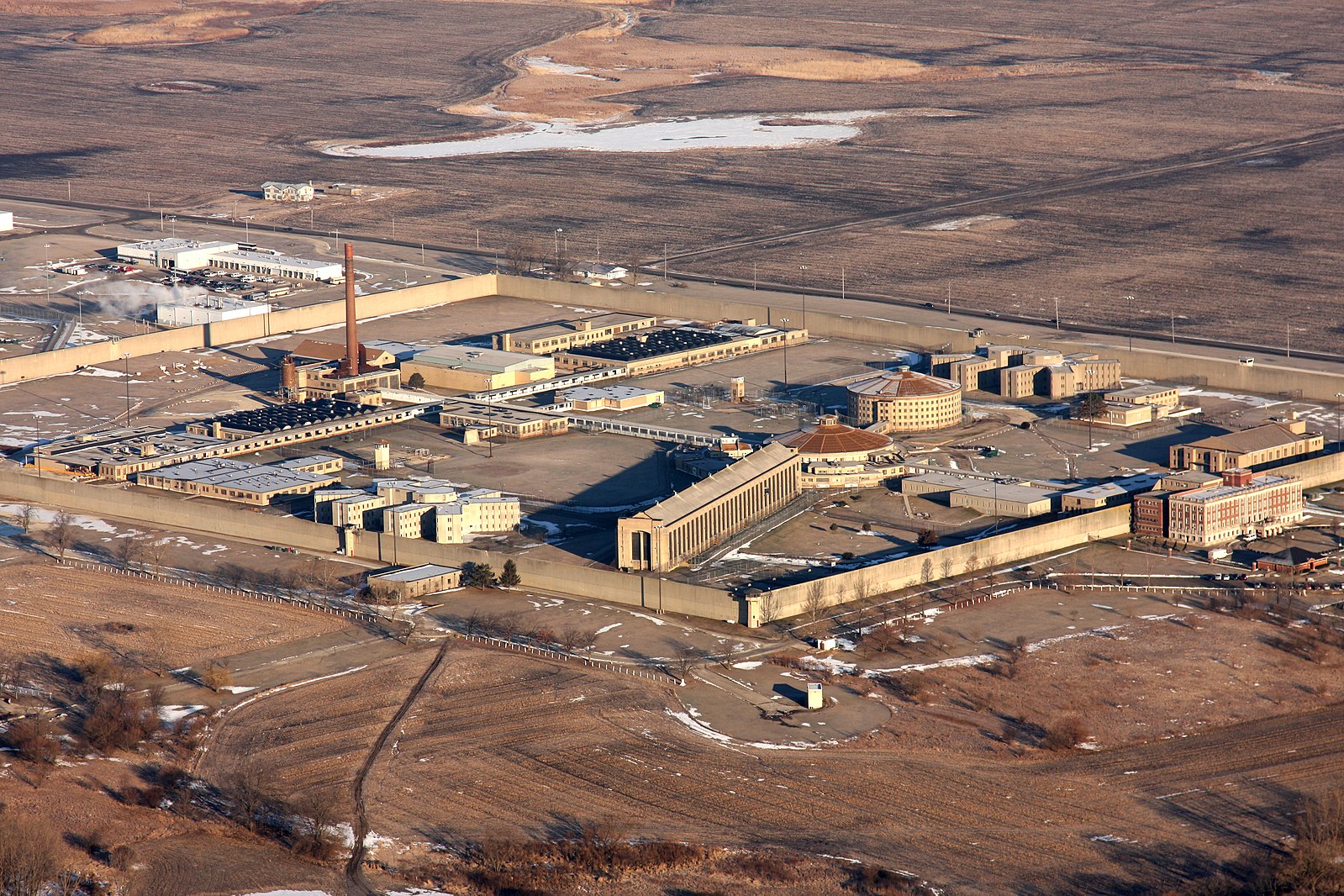Illinois Prison Water Contaminated with Bacteria That Causes Legionnaires’ Disease
Corrections officials confirmed finding legionella at five facilities over the past 12 months.

Update: After publication, the Illinois Department of Corrections told The Appeal that water sources at all five prisons tested positive for legionella bacteria in March. For the latest on IDOC’s handling of contaminated water supplies, read our April 7 story.
Last week, officials in Illinois reported that they had detected legionella bacteria, which can cause Legionnaires’ disease, a potentially fatal type of pneumonia, in the water at two state prisons. The contaminated water was discovered during routine quarterly testing at Stateville Correctional Center and Joliet Treatment Center, according to a statement from the Illinois Department of Corrections and the Illinois Department of Public Health. The agencies said nobody is exhibiting symptoms of the disease.
In an email to The Appeal, the Department of Corrections confirmed that legionella had also been found at three additional facilities—Graham, Kewanee, and Stateville Northern Reception and Classification Center—during quarterly testing over the past 12 months.
These are just the latest developments in a years-long fight for clean water inside the state’s prisons.
“I’ve been hearing about contaminated water for years from prisoners,” said Alan Mills, executive director of the Uptown People’s Law Center, a Chicago-based civil rights law firm.
Incarcerated people at Stateville and Northern Reception Center have reported that the water “smells like sewage,” said Mills. The two prisons are on the same campus.
One positive sample was gathered from a cell at Stateville, according to Camile Lindsay, Chief of Staff for the Illinois Department of Corrections. She said that a second sample from a separate cell in the unit had come back negative for legionella, but she confirmed that the department had not tested any other cells in the unit. The only other water sources tested at Stateville were sinks in the “healthcare” and “dietary” units, which also came back negative, Lindsay wrote.
Those who may have come in contact with the water are being monitored for symptoms and will be tested 10 days after their initial contact with the infected water, according to Lindsay.
“The water source is no longer being utilized and will be tested prior to usage,” she wrote.
When contacted by The Appeal, the Illinois Department of Public Health referred The Appeal to the Department of Corrections.
Asked if all water supplies in Illinois prisons were tested for legionella on a quarterly basis, Lindsay wrote that the department only tested “a sample size of water sources” at each facility.
Prisons can provide an ideal breeding ground for legionella. Outbreaks of Legionnaires’ disease have been reported at prisons in California, Indiana, New Jersey, and Connecticut. While legionella bacteria tends to grow in human-made water sources, such as pools and hot tubs, it also grows in “large or complex water systems,” according to the Centers for Disease Control and Prevention.
Contaminated water has been a long-standing problem in prisons throughout Illinois. In 2020, two people incarcerated in Illinois’ Pontiac Correctional Center were diagnosed with Legionnaires’ disease. And in 2015, a person incarcerated at Stateville was diagnosed with the disease.
Incarcerated people at Stateville “complained that the water is discolored and has a strange taste,” according to a 2013 report on the prison. In the 1990s, radium was found in Stateville’s water at almost twice the level permitted by federal guidelines. The prison distributed bottled water to staff free of charge, but not to prisoners. (A prisoner filed suit because he could not afford to buy water at the commissary, and lost.)
In December, protesters rallied outside Stateville to demand clean water for people held at the prison, according to local news outlet Injustice Watch. Then, in January, the Chicago Reader reported that the company responsible for lead testing on Stateville’s water did not follow federal protocols and did not test kitchen or cell faucets.
Last month, the Uptown People’s Law Center, along with the law firm Jenner and Block LLP, filed suit, alleging that the sink water in cells at the Northern Reception and Classification Center smells “like sewage and has a faint, brown color.” Staff bring in gallon jugs of water for themselves, according to the suit. The Department of Corrections declined to comment on pending litigation.
Mills said the department must conduct comprehensive water testing and address the prison system’s aging infrastructure, as corroding pipes can contribute to the growth of legionella bacteria. Many of Illinois’ state prisons were built decades ago; two prisons opened in the 1800s.
“The IDOC should be doing a system-wide review of water sources,” said Mills. “This is something that should be tested regularly—all the time, the water in all these prisons. They’re all deteriorating, they’re all getting old.”
